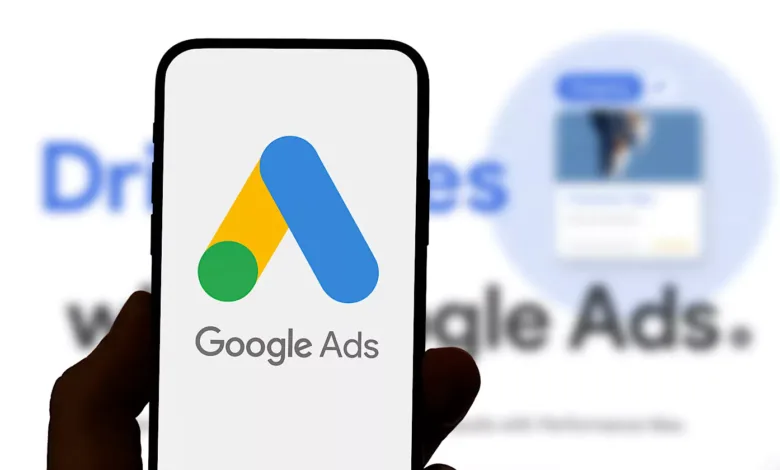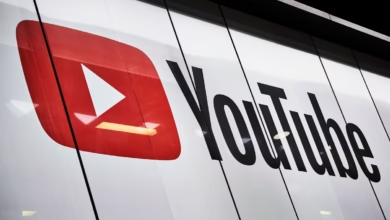Google Boosts Performance Max with Enhanced Controls & Reporting

▼ Summary
– Google Ads has introduced updates to Performance Max, including better audience targeting, clearer new customer acquisition reporting, and more transparency around auto-generated assets.
– Advertisers can now apply negative keyword lists across Performance Max campaigns and use more search themes per asset group for better ad matching.
– New device and demographic targeting options allow advertisers to control where and to whom ads appear, including age-based exclusions and beta-tested gender targeting.
– Improved new customer acquisition reporting removes the “Unknown” label, providing clearer data on conversions and better support for bidding strategies.
– Enhanced creative reporting and AI-powered recommendations offer more control over auto-generated assets and tools to optimize visuals directly in Google Ads.
Google has rolled out significant upgrades to Performance Max campaigns, giving advertisers enhanced control over audience targeting, clearer insights into new customer acquisition, and improved creative reporting. These updates address long-standing pain points while maintaining the automation that makes Performance Max powerful.
Greater Control Over Audience Targeting and Search Inventory
Performance Max campaigns now offer more flexibility in managing audience reach. Advertisers can apply negative keyword lists at the campaign level, eliminating the need to manage exclusions individually for each asset group. This is particularly useful for brands that want to avoid terms like “discount” or “free” across multiple campaigns.
Additionally, the search theme limit per asset group has doubled from 25 to 50, allowing advertisers to refine where their ads appear in Search results. More search themes mean better alignment with relevant queries, expanding reach without sacrificing relevance.
Device and demographic targeting have also been upgraded. Advertisers can now fully restrict or prioritize specific device types, such as limiting a campaign to mobile-only or excluding tablets. Age-based targeting is now available, and Google is testing gender-based controls in beta, bringing Performance Max closer to the granularity of Search and Display campaigns.
Sharper Insights into New Customer Acquisition
One of the biggest frustrations with Performance Max has been the vague “Unknown” label in new customer reporting. Google has improved its backend logic to eliminate this ambiguity, providing clearer data on whether conversions come from new or returning customers.
For even more precision, advertisers can update their conversion tracking tags to include a new customer acquisition parameter, helping Google distinguish between first-time and repeat buyers. This refinement makes bidding strategies more effective, especially for businesses prioritizing customer acquisition.
A new goal diagnostics feature also helps identify tracking issues, such as broken conversion tags or misconfigured objectives. The system provides actionable recommendations, streamlining troubleshooting and improving campaign performance.
Enhanced Creative Reporting and AI-Powered Optimization
Transparency around auto-generated assets has been a major request from advertisers. Performance Max now provides reporting on assets created through Final URL Expansion (FUE), showing which text and visuals were dynamically generated from landing pages. If an FUE asset doesn’t align with brand guidelines, advertisers can remove it, a crucial improvement for maintaining creative consistency.
Google is also introducing AI-powered image recommendations, suggesting optimizations for existing visuals or recommending new ones tailored to different placements (like YouTube or Discover). These suggestions integrate with Google Ads’ built-in image editor, allowing quick adjustments without external tools.
Why These Updates Matter
These changes reflect Google’s effort to balance automation with advertiser control, addressing feedback while keeping Performance Max scalable. Whether refining audience targeting, fixing tracking gaps, or optimizing creatives, these updates provide the tools to fine-tune campaigns for better results.
For advertisers, the key takeaway is clear: Performance Max is evolving into a more transparent and customizable solution, making it easier to align automated campaigns with specific business goals.
(Source: Search Engine Journal)







